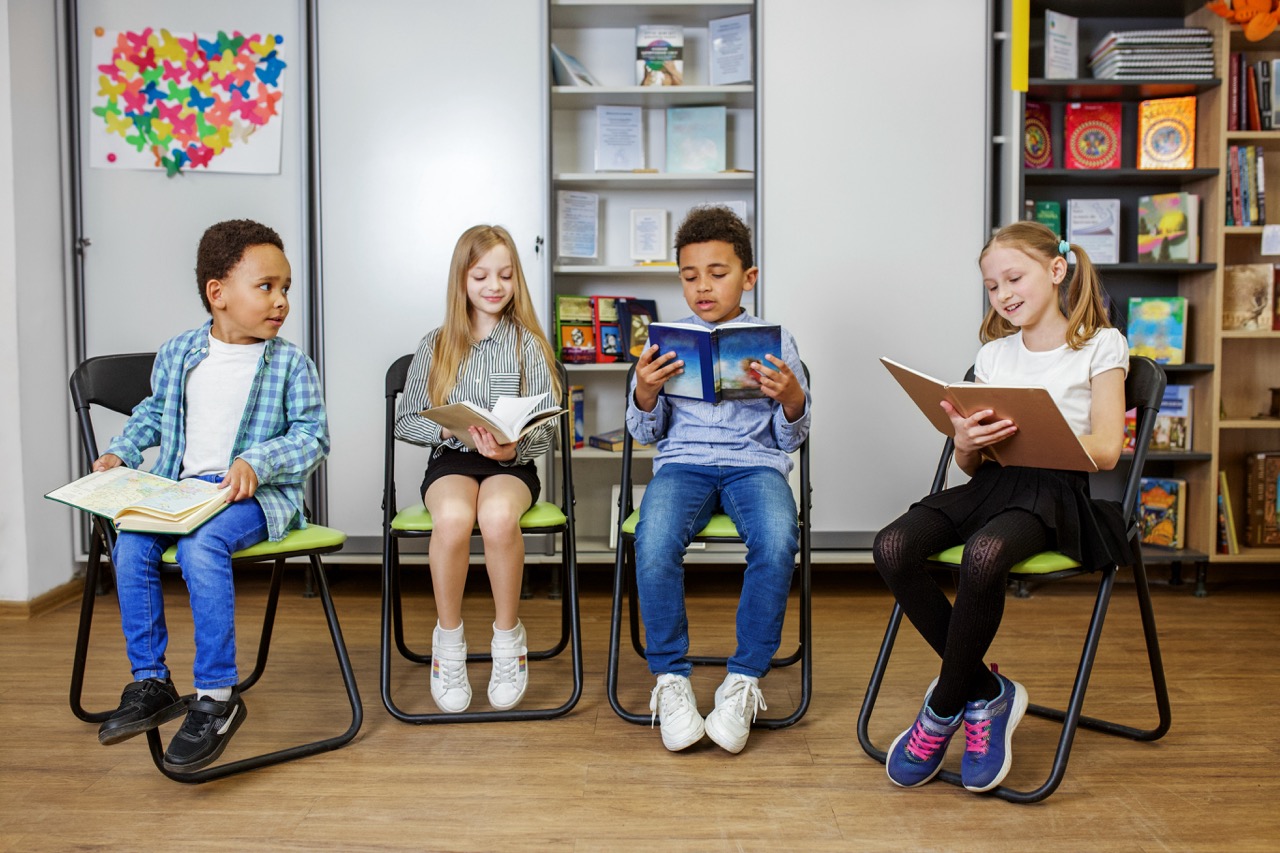In the realm of early childhood education, picture books hold a unique and vital place. These colorful and engaging texts serve not only as a source of entertainment but also as fundamental tools for learning. From fostering language skills to aiding emotional development, picture books have a profound impact on young minds. This article will explore the multiple dimensions of picture books in early learning and their importance in shaping a child’s future.
Understanding the Impact of Picture Books on Young Minds
Picture books create a bridge between the familiar and the unknown for young readers. They serve as a medium through which children can explore new ideas, cultures, and experiences, often reflecting their own lives in relatable contexts. Engaging narratives accompanied by vivid illustrations can spark curiosity and ignite a lifelong passion for learning. By introducing complex themes in an accessible format, picture books help children process and understand the world around them.
The combination of text and imagery in picture books caters to the developmental needs of young children, who often think visually. This dual approach enhances cognitive skills as children learn to associate words with images, fostering their understanding of storytelling. Additionally, the simplicity of language often found in picture books allows children to grasp fundamental concepts at a pace suited to their developmental stage, enabling them to build a strong foundation for future literacy.
Moreover, picture books can serve as a starting point for conversations about important social issues and moral lessons. When discussing topics such as friendship, sharing, or empathy, picture books can provide a safe space for children to explore their feelings and thoughts. This dialogue not only enhances comprehension but also encourages critical thinking, making picture books an essential tool in early childhood education.
How Picture Books Foster Language Development in Children
Language development is one of the most significant aspects of a child’s early learning journey, and picture books play a pivotal role in this process. As children listen to stories read aloud, they are exposed to new vocabulary and sentence structures, which can significantly enrich their language skills. The rhythmic patterns and repetition found in many picture books also aid in phonemic awareness, providing children with the necessary building blocks for reading.
Additionally, picture books often encourage interactive reading experiences. As parents and caregivers engage with children by asking questions, encouraging predictions, and discussing characters’ actions, they facilitate deeper understanding and connection to the text. This interactive approach not only makes reading a more enjoyable activity but also enhances comprehension and critical thinking skills, as children learn to analyze and interpret the stories they encounter.
Furthermore, picture books can introduce children to the various contexts in which language is used, helping them understand nuances and diverse ways of expression. By presenting dialogues and different speech patterns, picture books broaden children’s perspectives on communication, allowing them to develop social skills and engage in meaningful conversations with their peers.
The Importance of Visual Literacy in Early Education
In our increasingly visual world, fostering visual literacy has become essential in early education. Picture books are a powerful tool in developing this skill, as they require young readers to decode images and understand their relationship with the accompanying text. This process enhances not only comprehension but also critical analysis, as children learn to interpret visual cues and symbols within stories.
Visual literacy goes hand-in-hand with overall literacy development. Children who can effectively interpret illustrations are better equipped to make inferences and predictions about the narrative. As they learn to connect visual elements to text, they gain confidence in their ability to navigate both written and visual information, an essential skill in today’s media-rich environment.
Moreover, as children engage with picture books, they are encouraged to express their thoughts and feelings about the images presented, nurturing creativity and imagination. This exploration allows children to develop their viewpoints and learn to appreciate diverse perspectives, laying the groundwork for open-mindedness and empathy as they grow.
Engaging Children: The Power of Illustrations in Learning
Illustrations in picture books are not merely decorative; they are integral to the storytelling experience. Rich and vibrant visuals capture children’s attention, making the reading process more engaging and enjoyable. The interplay between text and imagery allows children to visualize stories, enhancing their ability to understand and remember the content.
Illustrations can also set the mood and tone of a narrative, providing context and emotional depth that words alone may not convey. When children view illustrations depicting joy, sadness, or tension, they learn to recognize and express their own emotions, fostering emotional intelligence and empathy. This emotional engagement is crucial in helping children connect with the stories and characters, making reading a personally meaningful experience.
In addition to supporting comprehension, illustrations can spark imagination and creativity in young readers. As children visualize their interpretations of the story, they are encouraged to think outside the box, dream big, and even create their own narratives. This creative engagement with picture books fosters a love of storytelling that can blossom into a lifelong passion for reading and writing.
Picture Books as Tools for Emotional and Social Growth
Picture books often serve as mirrors for children’s experiences and emotions, providing insights into their feelings and reactions. Characters within these narratives often face challenges and dilemmas that children can relate to, helping them to navigate their own emotional landscapes. By identifying with characters, children learn valuable lessons about resilience, empathy, and understanding, which are essential components of emotional growth.
Moreover, picture books can serve as conversation starters about social dynamics and relationships. Through stories that explore themes like friendship, diversity, and conflict resolution, children develop social skills as they learn how to interact with others and navigate their environments effectively. These narratives provide a safe space for discussing sensitive topics, allowing caregivers to guide children through complex emotions and social situations.
In this way, picture books not only entertain but also equip children with the tools they need for social interactions. As they learn to empathize with characters and understand different perspectives, children cultivate compassion and respect for others, fostering healthier relationships both in childhood and beyond.
Encouraging a Love for Reading Through Picture Book Exploration
Introducing children to picture books is a powerful way to instill a lifelong love of reading. The colorful illustrations, engaging stories, and relatable themes draw children in and encourage exploration. By making reading a fun and interactive experience, caregivers and educators can help children associate positive feelings with books from an early age.
Creating a reading-friendly environment at home or in the classroom further enhances this experience. Providing access to a diverse range of picture books allows children to explore different genres, cultures, and themes, igniting their imagination and expanding their horizons. Engaging in shared reading sessions can also deepen connections between caregivers and children, making reading a cherished bonding activity.
Ultimately, fostering a love for reading through picture books lays the groundwork for lifelong literacy habits. Children who enjoy reading are more likely to develop strong academic skills, become avid readers, and maintain a curiosity about learning throughout their lives. Picture books, therefore, serve as a gateway to a brighter future filled with knowledge, creativity, and emotional intelligence.
The role of picture books in early learning is multifaceted and profound. From enhancing language development to nurturing emotional and social growth, these books provide invaluable resources for young learners. As we continue to recognize their significance in education, it becomes imperative that parents, educators, and communities promote the exploration of picture books, ensuring that every child has the opportunity to engage with this essential medium. By doing so, we empower the next generation to become not only proficient readers but also empathetic individuals who are eager to learn and grow.










